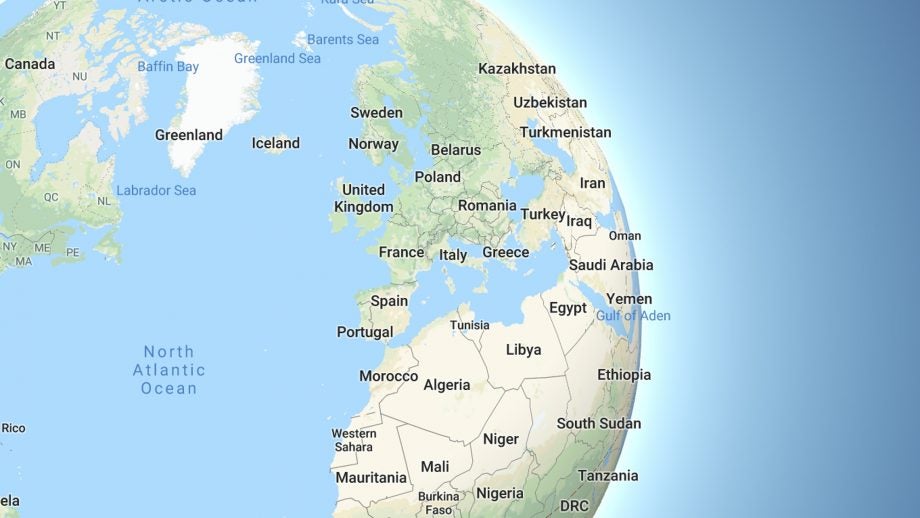Google Maps ditches the #flatearth, and Greenland is the right size again

Google has dealt another crushing blow to the flat-earther movement by adopting a new 3D globe within Google Maps. Now, when users zoom out from the traditional flat view, the earth becomes an actual globe. Just like in the real world.
Rather than making the change to clear up any lingering confusion among the unenlightened, Google is chasing accuracy here. You see, it’s much harder to show accurate representations of landmass using flat projections. If you’ve ever wondered why Greenland looks the same size as the continent of Africa on a flat map, that’s why.
With 3D Globe Mode on Google Maps desktop, Greenland's projection is no longer the size of Africa.
Just zoom all the way out at https://t.co/mIZTya01K3 ?? pic.twitter.com/CIkkS7It8d
— Google Maps (@googlemaps) August 2, 2018
The change came about two weeks ago and is possible thanks to the WebGL tech in the major browsers. It’s compatible with Chrome, Firefox, Safari and Edge. It’s not available on the mobile apps yet, but we’d imagine the update will come sooner rather than later.
Vox explains why all of the flat maps you see are wrong in the video below. “The surface of a sphere cannot be represented as a plane without some form of distortion,” the narrator says. Even stenographic projection tools, which seek to transport the globe to a cylinder, which can be laid flat, has trade offs in shape, distance, projection and land area.
Related: Best smartphone
This is why the 836,300 square miles of Greenland can look the same size as the 11.73 million square miles on the Mercator Projection Google uses for flat maps. This model preserves the shape of countries and also preserves direction, as it was initially built for navigation. However, it fails with its representation of size.
You probably didn’t come to Trusted Reviews for a cartography lesson today, but you’re welcome.
What new features would you like to see Google add to its mapping app? Drop us a line with your suggestions @TrustedReviews on Twitter.


